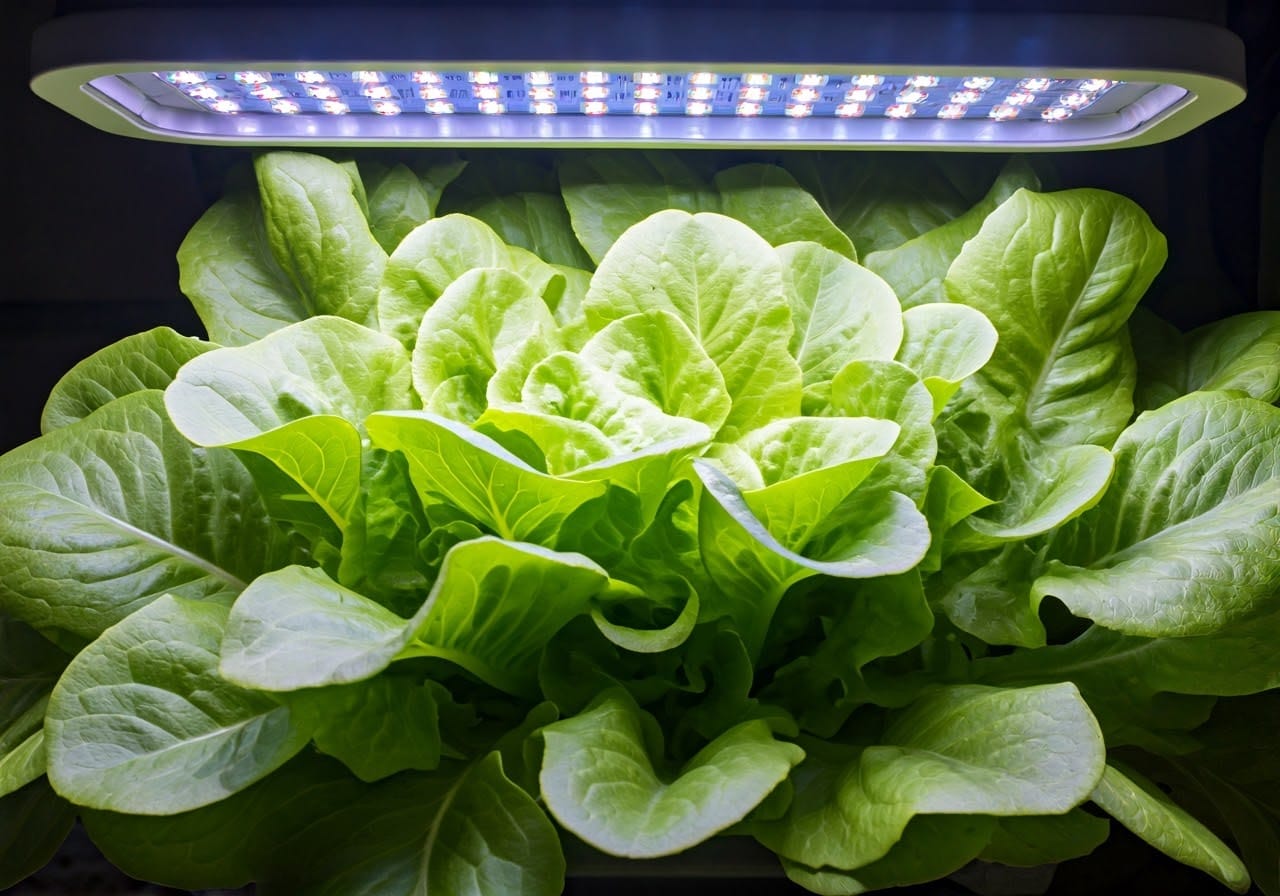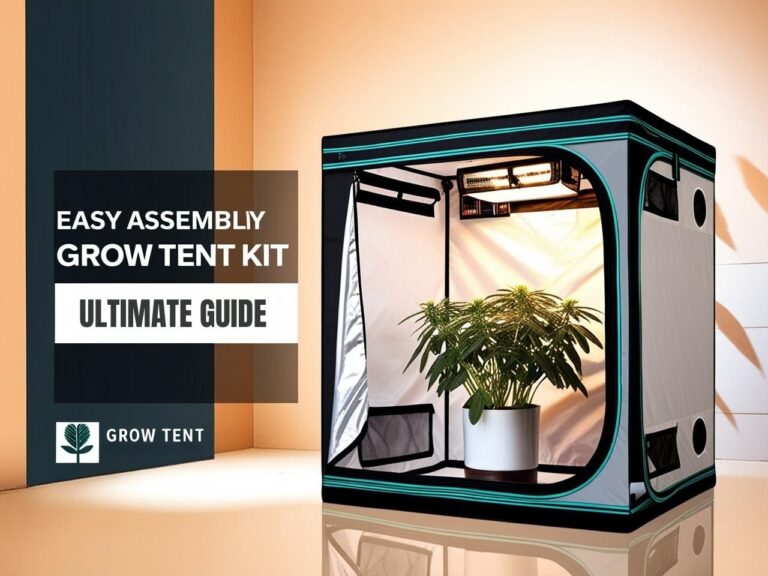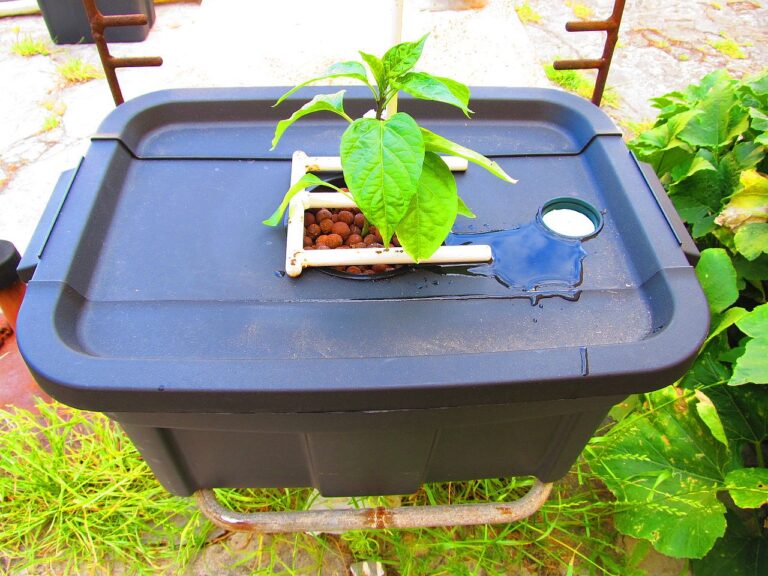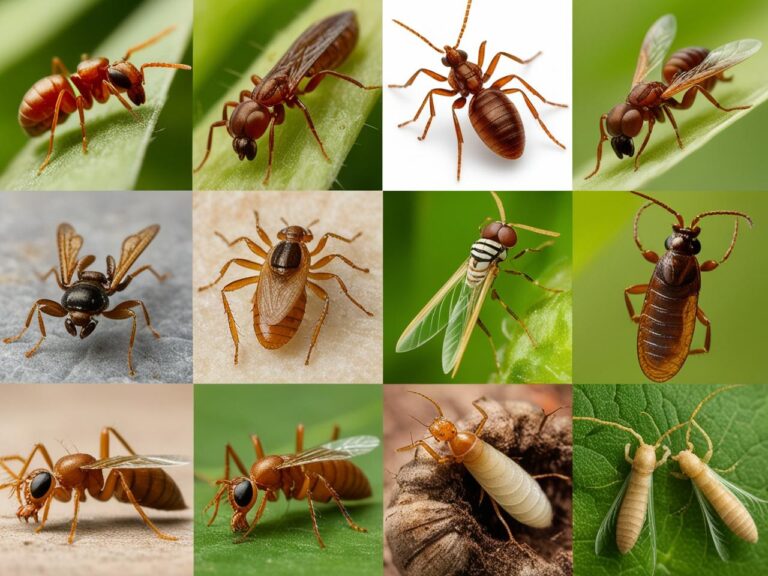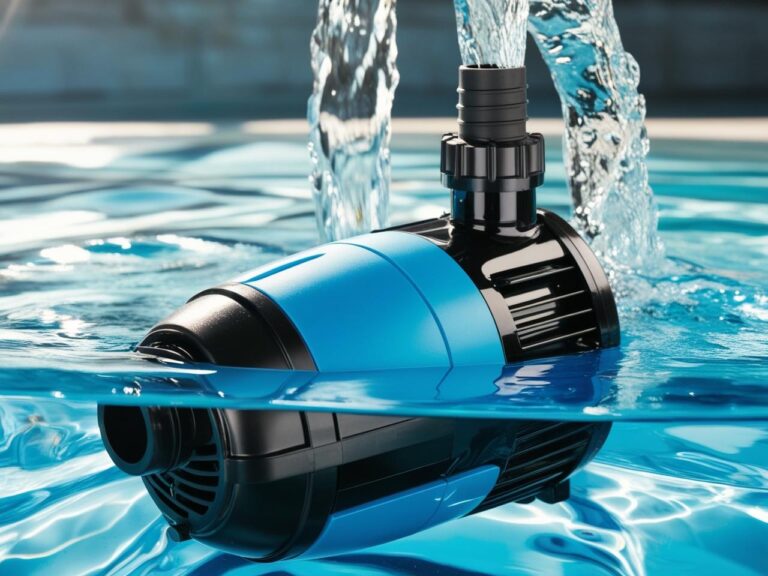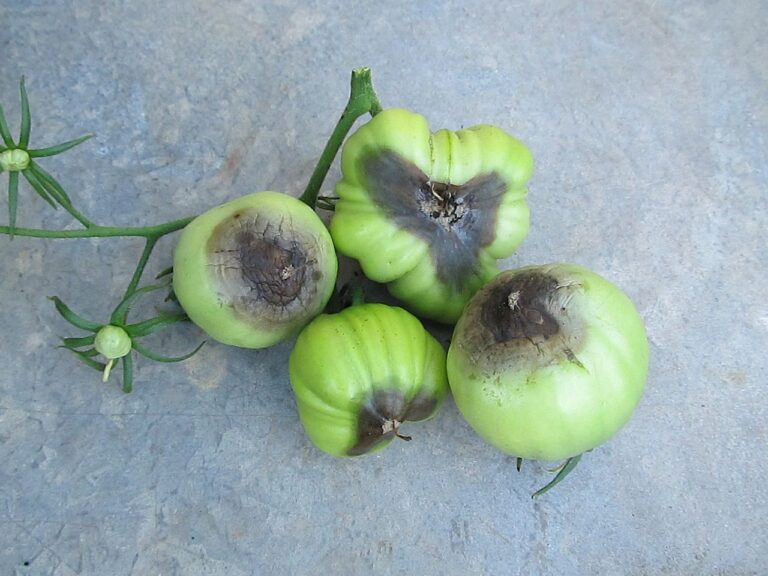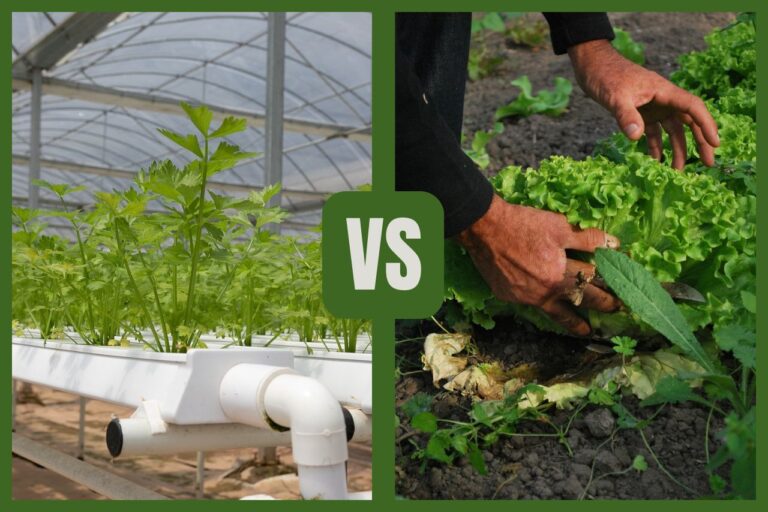Maximizing Yields with Advanced Hydroponic Lighting Solutions
Lighting is the heart and soul of any hydroponic garden. Without sunlight, plants can’t photosynthesize, which is where artificial lighting steps in for indoor growers. Choosing the right lighting setup can mean the difference between average yields and a lush, thriving garden that’s optimized for growth. But with so many options: LEDs, HID lights and fluorescents, how do you pick the best one for your setup? Let’s break down advanced hydroponic lighting options, how each type benefits your plants, and tips for maximizing yields through strategic lighting.
The Role of Light in Hydroponics
Light fuels photosynthesis, the process by which plants convert light energy into food. In hydroponics, where plants grow indoors away from natural sunlight, it’s essential to recreate optimal lighting conditions. Different types of light deliver varying wavelengths, intensities, and color spectrums, each affecting plant growth stages from seedling to flowering.
Why Lighting Matters for Yield
The right lighting not only stimulates growth but can accelerate it. With a well chosen lighting system, you can maximize energy efficiency, reduce heat, and most importantly, see stronger yields.
Related: Advanced Hydroponic Techniques: Aeroponics vs. Nutrient Film Technique
Types of Hydroponic Lighting: Advanced Options
1. LED (Light Emitting Diodes)
LED lights have become the gold standard in hydroponic lighting due to their efficiency, low heat output, and customizable spectrums.
- Benefits:
- Energy Efficient: LEDs consume less power, cutting down electricity bills.
- Customizable Spectrum: Many LEDs allow you to adjust light color (red for flowering, blue for vegetative growth).
- Low Heat Output: LEDs generate minimal heat, reducing the risk of heat stress for plants.
- Best For: Growers looking for a long term, cost effective solution that requires less cooling. LED systems are ideal for small to large hydroponic setups due to their energy efficiency and versatility.
2. HID (High-Intensity Discharge) Lights
HID lights, especially Metal Halide (MH) and High-Pressure Sodium (HPS), are classic choices in hydroponics, particularly for large scale growers.
- Benefits:
- High Light Output: HID lights are known for their intense light, which can support larger plants or more extensive gardens.
- Color Spectrum Options: MH bulbs emit a blue light, ideal for vegetative growth, while HPS bulbs emit a red/orange light suitable for flowering stages.
- Drawbacks:
- Higher Heat Output: HIDs produce significant heat and may require additional cooling.
- Higher Energy Consumption: They are less energy efficient compared to LEDs.
- Best For: Large scale growers looking for powerful lighting for robust plant growth. These lights are effective but best used in setups with sufficient cooling.
3. Fluorescent Lighting (CFL and T5)
Fluorescent lights, particularly T5 bulbs, are suitable for beginners due to their gentle light and low heat.
- Benefits:
- Cost Effective: Fluorescents are generally affordable and use minimal energy.
- Ideal for Seedlings and Clones: Gentle on young plants, they’re great for the early stages.
- Minimal Heat Production: Fluorescents are safe to place close to plants without risk of burning.
- Drawbacks:
- Lower Light Intensity: They aren’t as powerful as LEDs or HID, making them less ideal for high-yield crops.
- Limited Lifespan: Fluorescent bulbs may need replacing more often.
- Best For: Growers starting with seedlings or leafy greens that don’t require intense lighting. Fluorescents are ideal for small scale, budget-friendly gardens.
Optimizing Light Placement for Maximum Yield
Once you’ve chosen a lighting type, placement plays a key role in maximizing yields. Here are a few tips to get the best results from your lighting:
- Distance from Plants: LEDs should be about 12-24 inches from plants, while HID lights should be placed at least 18-36 inches away to prevent burning.
- Light Duration: Most plants require 16-18 hours of light during the vegetative phase and 12 hours during flowering.
- Light Coverage: Make sure your light setup covers your entire growing area evenly. Reflectors or reflective walls can help direct more light onto plants, minimizing waste.
Lighting Spectrums: Which to Use and When
Plants respond differently to various light spectrums at different stages:
- Blue Light (400-500nm): Promotes vegetative growth, producing strong leaves and stems.
- Red Light (600-700nm): Stimulates flowering and fruiting, essential in the final stages for higher yields.
- Full-Spectrum: Full-spectrum lights simulate natural sunlight and work well for plants from start to finish, supporting healthy growth at every stage.
Using full-spectrum lights or LEDs with adjustable spectrums allows you to tailor lighting as plants progress, which is particularly useful for boosting yields.
Advanced Lighting Techniques to Boost Yield
To get the most out of your hydroponic lighting, consider these advanced techniques:
1. Light Cycling
Mimic natural sunlight cycles to support plant growth stages. Shorten cycles to 12 hours during flowering to encourage blooms.
2. Light Dimming and Adjustment
For LED lights with dimmers, adjust intensity based on plant needs. High light levels support flowering, while lower intensity works for seedlings.
3. Supplement with CO₂
If using high-powered lighting (like HID), consider supplementing with CO₂, which allows plants to make use of the extra light, boosting photosynthesis and yield.
4. Reflective Materials
Maximize light use by lining walls or growing trays with reflective materials. This increases light exposure without extra energy, allowing plants to receive more light on all sides.
Choosing the Right Lighting Solution for Your Hydroponic Garden
Selecting the best lighting system depends on your setup, budget, and plants. If you’re a hobbyist with a small indoor garden, LEDs or fluorescents are cost effective, low maintenance choices. For those running larger or commercial setups, HID lights provide powerful output but require higher cooling investment.
Think about your goals: Are you aiming for high yields or an easy-to-manage setup? Advanced lighting options like full-spectrum LEDs offer versatility and efficiency, making them a top choice for most hydroponic growers.
Related: Troubleshooting Advanced Hydroponic Systems: Tips for Success
Conclusion
Lighting is one of the most important investments you’ll make in a hydroponic garden. Advanced lighting solutions like LEDs, HID, and even strategically placed fluorescents can all play a role in maximizing yields. By choosing the right lighting type, adjusting placement, and experimenting with advanced techniques, you can see significant improvements in plant health, speed, and yield. Happy Gardening!

